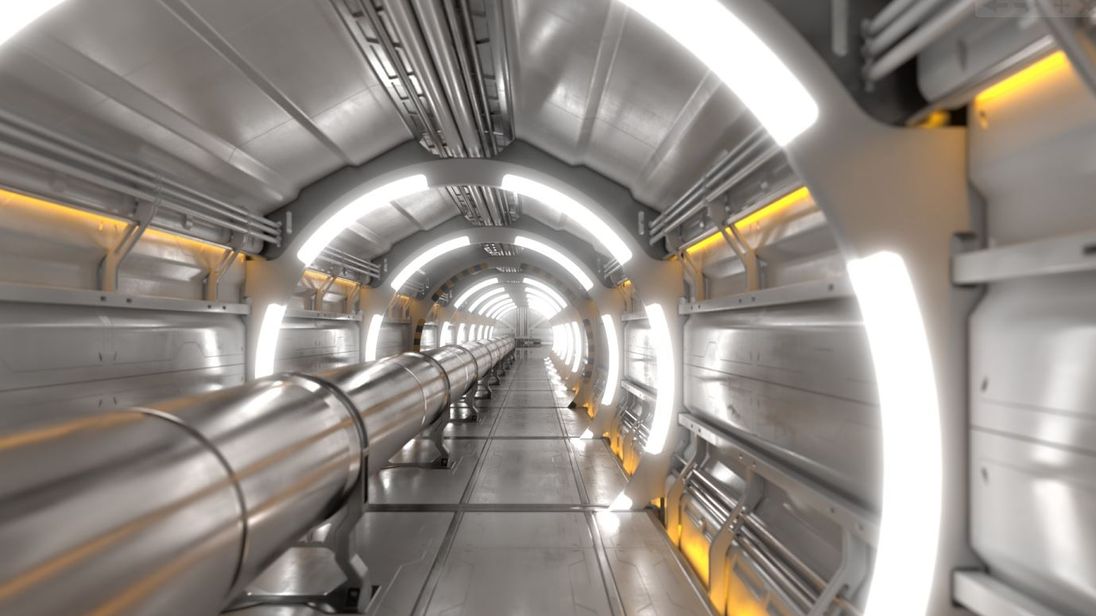
Scientific achievements (at CERN)
Several important achievements in particle physics have been made through experiments at CERN.They include:
1973: The discovery of neutral currents in the Gargamelle bubble chamber;[12]
1983: The discovery of W and Z bosons in the UA1 and UA2 experiments;[13]
1989: The determination of the number of light neutrino families at the Large Electron–Positron Collider (LEP) operating on the Z boson peak;
1995: The first creation of antihydrogen atoms in the PS210 experiment;[14]
1999: The discovery of direct CP violation in the NA48 experiment;[15]
2010: The isolation of 38 atoms of antihydrogen;[16]
2011: Maintaining antihydrogen for over 15 minutes;[17]
2012: A boson with mass around 125 GeV/c2 consistent with the long-sought Higgs boson.[18]
In September 2011, CERN attracted media attention when the OPERA Collaboration reported the detection of possibly faster-than-light neutrinos.[19] Further tests showed that the results were flawed due to an incorrectly connected GPS synchronization cable.[20]
The 1984 Nobel Prize for Physics was awarded to Carlo Rubbia and Simon van der Meer for the developments that resulted in the discoveries of the W and Z bosons.
The 1992 Nobel Prize for Physics was awarded to CERN staff researcher Georges Charpak “for his invention and development of particle detectors, in particular the multiwire proportional chamber”.
The 2013 Nobel Prize for physics was awarded to François Englert and Peter Higgs for the theoretical description of the Higgs mechanism in the year after the Higgs boson was found by CERN experiments.